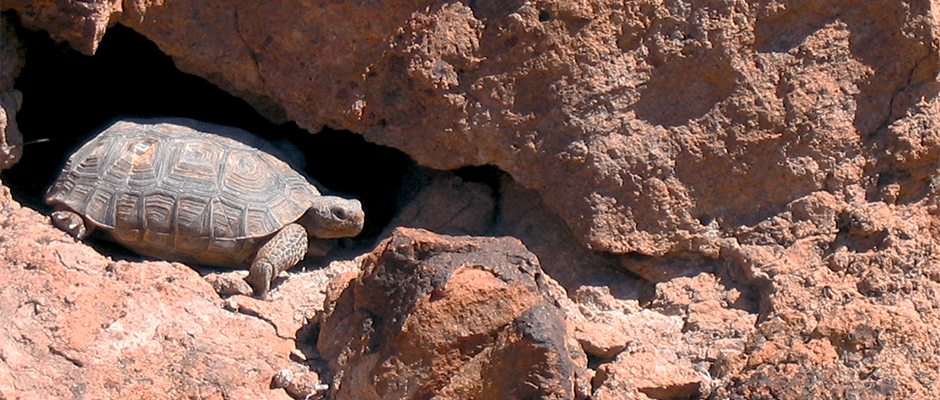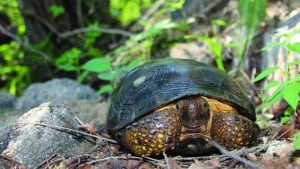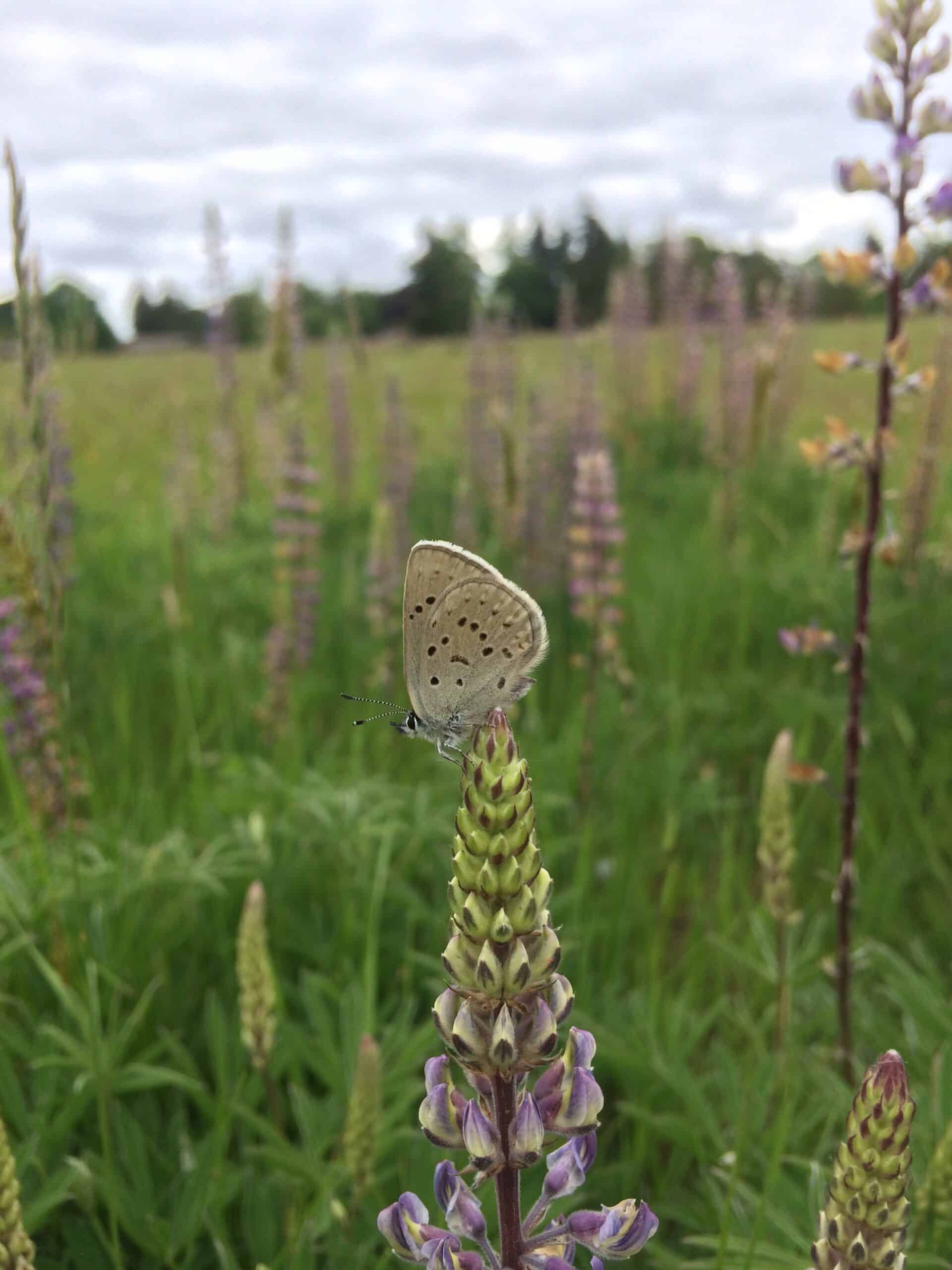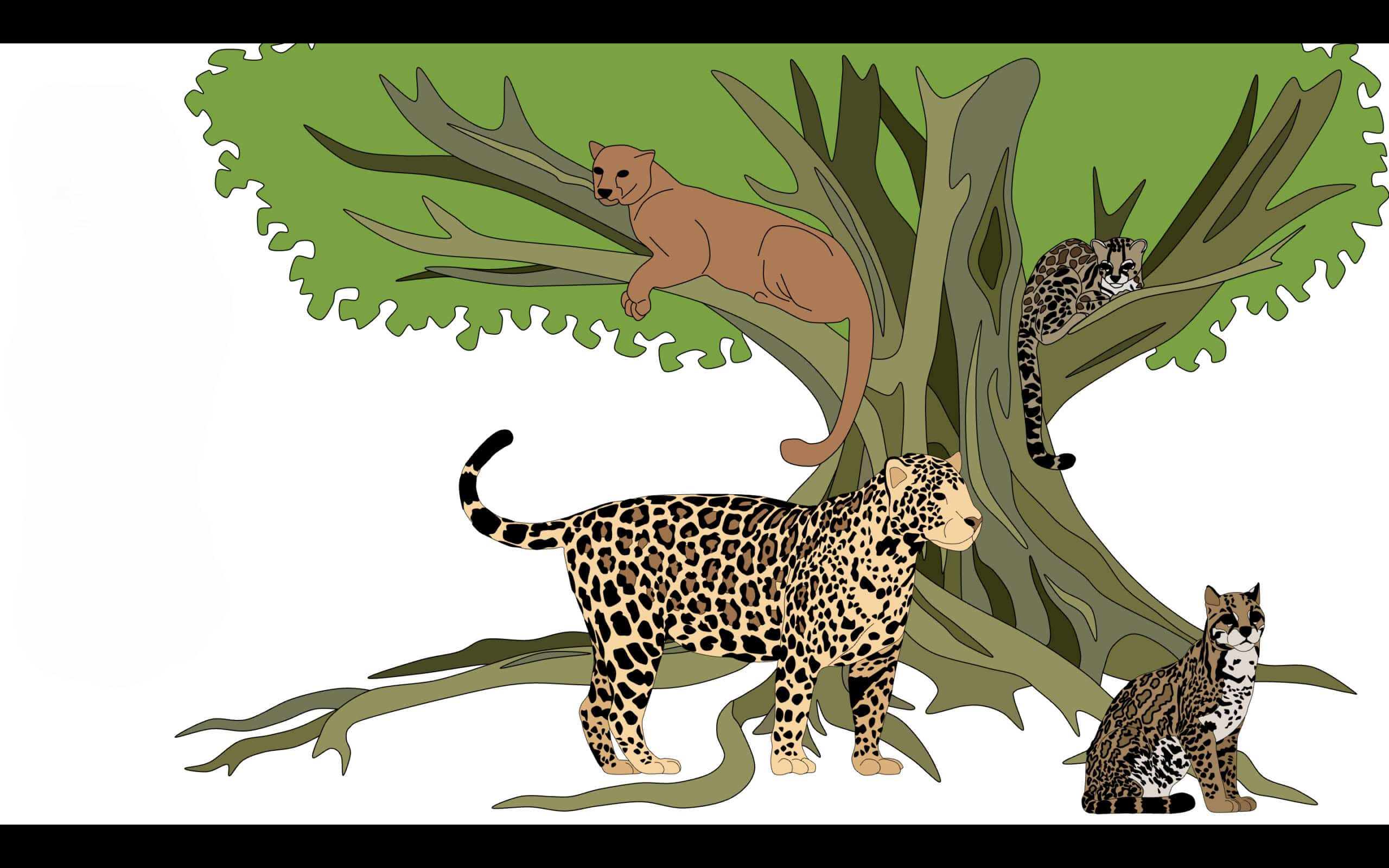Share this article
JWM study: Cattle grazing affects federally threatened desert tortoises
Grazing in contentious federal land could be causing stress on federally threatened desert tortoises in Nevada, according to new research.
A new study published recently in The Journal of Wildlife Management examined the major threats that Agassiz’s desert tortoises (Gopherus agassizii), listed as threatened under the federal Endangered Species Act, face in two different areas of the Mojave desert — the Gold Butte-Pakoon area in Nevada and the Superior Cronese area in California.
“The number one threat in the Gold Butte population was grazing,” said lead author Michael Tuma, a member of The Wildlife Society who conducted the research while at SWCA Environmental Consultants. “It’s an eye-opener because it shows people that what they traditionally thought about the threats in these areas have kind of been tossed in their head.”
While previous studies have assessed threats in the area, Tuma says that this is the first one that took larger space into consideration.
Using this model, they found that the highest threats to the tortoises were those constantly present and widespread. Tortoises in both areas faced primary threats from human-based problems, and predators including ravens, coyotes or feral dogs that developed large populations in the areas due to humans subsidizing their diets.
Some threats, both human-based and otherwise, in the two study areas proved to be quite different though. Traditionally, researchers thought wildfires may affect tortoises in the Gold-Butte-Pakoon area in Nevada face threats but recent studies show that wildfires don’t have much of an effect on the reptiles. Tuma’s research confirmed that fires are the least significant threat in the area.
In fact, burros in the area cause a larger problem for tortoises as they crowd them out of the caves both species seek for refuge from the sun and cause significant damage to those habitats.
“They’re introduced out there and actually do quite a bit of damage,” Tuma said. “These burros are going and trampling the caves while trying to seek out shade.”
But cattle cause the biggest problems — both to the tortoises and to researchers like Tuma who study them. He was out in the area in 2009 and left in late 2010, but he says it became dangerous for other researchers in the area sometime after that.
“It hasn’t been safe for the BLM to be out there,” he said. “There’s a lot of intimidation out there.”
The cattle compact the ground, leading to the degradation and erosion of tortoise habitat, and also compete with the reptiles for sparse food resources in the area. “Those tend to be the really devastating threats.”
In the Superior Cronese area — closer to human settlement — the worst threat was thought to be the upper respiratory tract disease that affects some tortoises. But Tuma said human presence, either in the form of physical presence or from pipelines, powerlines or even hiking trails and roads.
“It turned out to be much more significant than disease,” Tuma said. This is significant, he added, since the Bureau of Land Management wants to expand trails and route through the area as part of its West Mojave Plan.
“The BLM needs to make that area more remote,” he said. “Close a bunch of routes, do habitat restoration.”
Header Image: Agassiz’s desert tortoise. ©Desert Tortoise Recovery Office, USFWS









